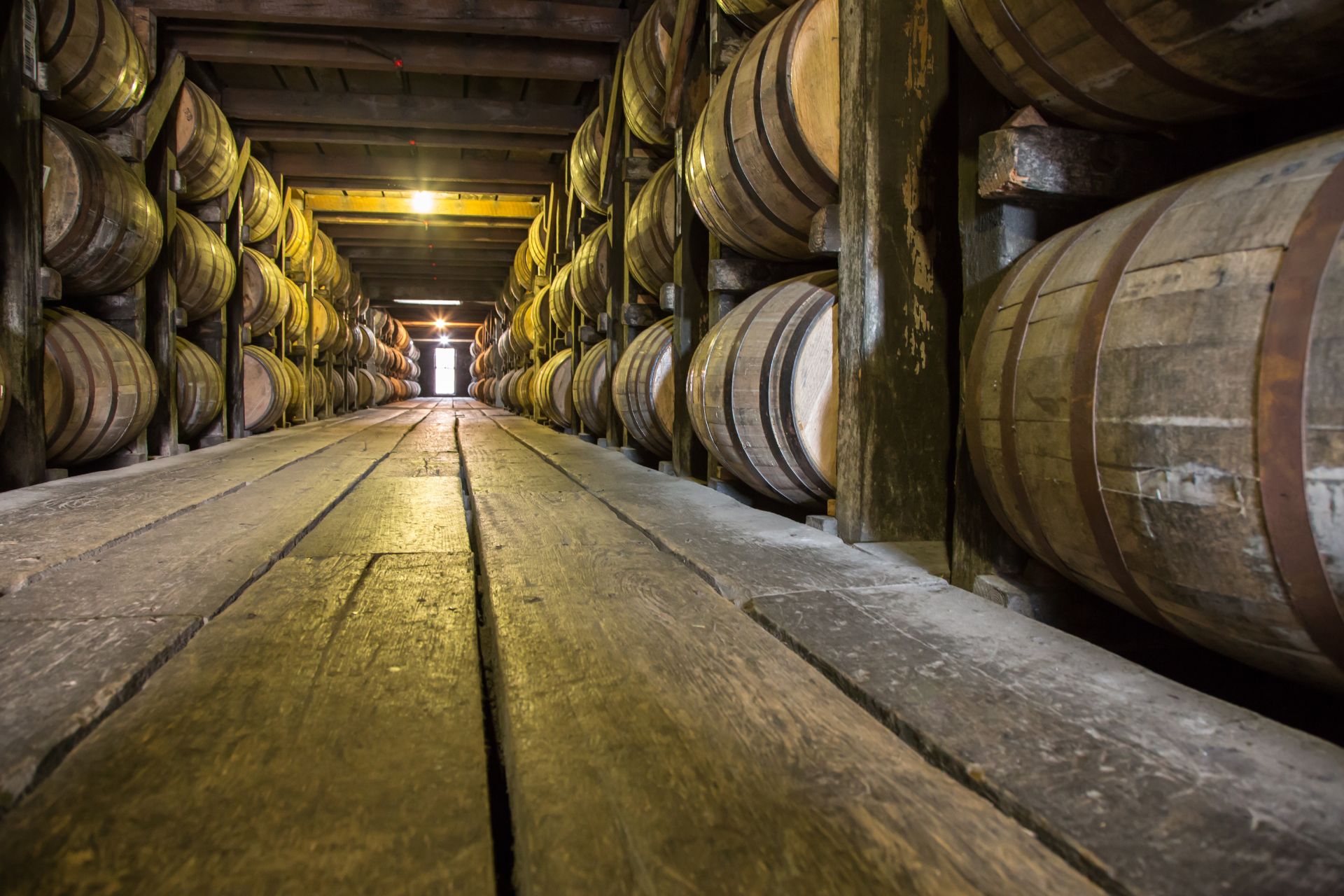Bourbon Revival: A Journey Through the History of Distilleries Post-Prohibition

The Prohibition era, which lasted from 1920 to 1933 in the United States, was a dark period for the American spirits industry. But when the 21st Amendment was ratified, ending this ban on alcohol, bourbon distilleries began their journey towards revival. In the decades that followed, these distilleries not only rebounded but thrived, becoming an integral part of American culture and heritage. This article takes you on a historical journey through the resurgence and evolution of bourbon distilleries after Prohibition.
The Post-Prohibition Struggles
After the repeal of Prohibition, the bourbon industry was faced with numerous challenges. Many distilleries had shuttered during the ban, while others struggled to reestablish their operations. The economic hardships of the Great Depression only compounded these difficulties. However, the resilience of bourbon makers began to shine through.
Beam and the Birth of Jim Beam
One of the most enduring success stories of post-Prohibition bourbon distilleries is that of Jim Beam. Founded in 1795, the distillery faced closure during Prohibition but managed to stay afloat by selling “medicinal whiskey.” Post-Prohibition, they were quick to regain their footing and emerge as a dominant player in the bourbon industry. The 1935 release of their flagship product, Jim Beam, marked the start of a new era for this distillery.
A Masterpiece from Heaven Hill
Heaven Hill Distilleries is another storied name in the world of bourbon. Founded in 1935 in Bardstown, Kentucky, they survived the challenging period of Prohibition by diversifying their products. Post-Prohibition, they introduced Evan Williams Bourbon, which has become a beloved brand among bourbon enthusiasts. Heaven Hill’s commitment to quality and innovation has allowed them to grow their portfolio over the years.
Makers Mark’s Iconic Red Wax Seal
In the early 1950s, T.W. Samuels and his family, owners of the Star Hill Farm in Loretto, Kentucky, sought to revive their distilling tradition. The distillery underwent a transformation and was rebranded as Maker’s Mark. The unique red wax seal on each bottle quickly became an iconic symbol of quality and craftsmanship. Maker’s Mark brought a sweeter, milder flavor to bourbon, making it accessible to a broader audience.
Pappy Van Winkle’s Legacy
Julian “Pappy” Van Winkle, a true legend in the bourbon industry, started his distillery after Prohibition, paving the way for his family’s lasting legacy. The Old Rip Van Winkle Distillery produced some of the most sought-after and collectible bourbons in history, known for their exceptional quality and aging process. Today, Pappy Van Winkle’s Family Reserve remains a cherished bourbon among connoisseurs.
The Bourbon Boom of the Late 20th Century
In the latter half of the 20th century, bourbon distilleries began to experience a renaissance, with increasing demand for their products both domestically and internationally. The resurgence was due to several factors:
Craft Distilleries and the Small-Batch Movement
The 1980s saw the emergence of a new breed of distilleries, often referred to as craft distilleries. These smaller, independent operations focused on quality and unique flavor profiles. Brands like Buffalo Trace and Four Roses produced small-batch bourbons that found a dedicated following, adding to the diversity of the bourbon market.
Bourbon Tourism
Kentucky, often referred to as the “Bourbon Trail,” has become a mecca for bourbon enthusiasts. Distilleries opened their doors to visitors, offering tours, tastings, and a glimpse into the production process. Bourbon tourism has boosted the industry by fostering a deeper connection between consumers and their favorite brands.
Global Reach
American bourbon expanded its reach to international markets, introducing people around the world to its rich and complex flavors. This global demand has been instrumental in the bourbon renaissance, as distilleries responded by producing a wider variety of expressions to cater to diverse palates.
The history of bourbon distilleries after Prohibition is a testament to resilience, innovation, and an unwavering commitment to craftsmanship. Bourbon, once on the brink of extinction during the dark days of Prohibition, has not only survived but has thrived, becoming a beloved American spirit deeply ingrained in the nation’s heritage. Today, bourbon is experiencing a renaissance, with an ever-expanding fan base and an evolving landscape of flavors, styles, and traditions. The distilleries’ stories, like those of Jim Beam, Heaven Hill, Maker’s Mark, and Pappy Van Winkle, stand as shining examples of the enduring spirit of American bourbon.